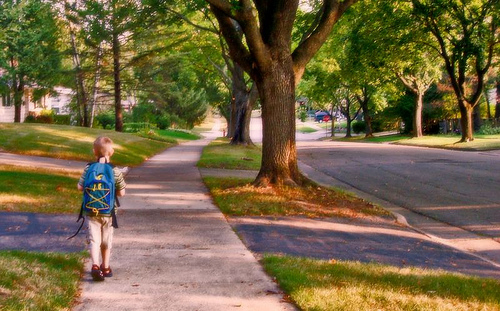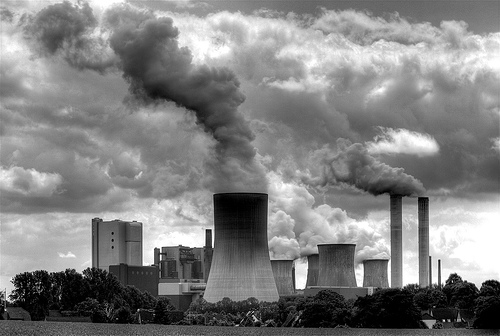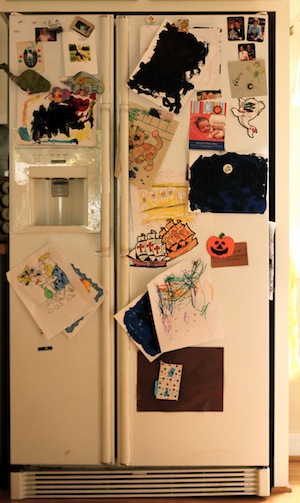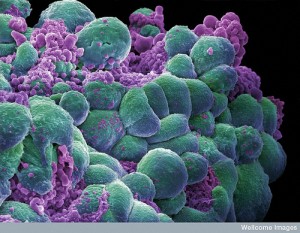How many of you still have grandparents, or great-grandparents, that talk about how far they had to walk to school? In the snow. Uphill both ways.
The school that my boys go to was originally built in a general store in 1892. The area was growing, but the primary reason was because the families were tired of sending their children up the hill (and this is really up the hill!) for the 45 minute walk it took to get to the original town schoolhouse, Sunset School. Can you imagine if our primary school students were expected to walk that distance every day today?
National Walk to School Day is coming up on October 5. In years past, my own kids have not been able to take part on this particular day, but I love that we live close enough to walk to their primary school; supervised by mama for now, but as they get older I know we can figure out a safe route for them. Green living and green parenting mean taking the small and the big steps in lots of aspects of our lives.
 photo credit: Ed L on flickr
photo credit: Ed L on flickr
In 1969, nearly 50 percent of students in grades K through eight walked or bicycled to school. The distance at that time was often shorter than in the late 1800s, but the number getting to school using their own power was still significant compared to now. By 2009, less than 13 percent walked or biked to school. That is a huge difference and a serious opportunity lost to get kids outside, get a little exercise, and teach children some independence and responsibility – but safely.
I understand that times have certainly changed since 1892, and since the late 60s, but the fact remains that fewer and fewer children are getting to school by braving the elements and making their own way to school and home. My own typically brave the elements to make their way to the school bus stop, which is the highlight of my kindergartener’s day now, but on nice days it is good for all of us to walk that mile. We get fresh air, a little vitamin D, a little nature, and time to talk and play.
Don’t have the time to walk your kids to or from school? Get involved with other parents in the neighborhood and start a walking school bus, advocate for better safety resources for children walking to school, or work with the school, city, parents, children, and local law enforcement to develop a safety education program to make it possible.
The benefits of walking are clear providing physical activity, reduction of air pollution, as well as greater exposure to nature which can reduce stress, relief of ADHD symptoms in children and increased cognitive and motor functioning. National Walk to School Day is one simple way you can green your school, green your life, even if for one day. Who knows? Maybe it will spark more interest!





